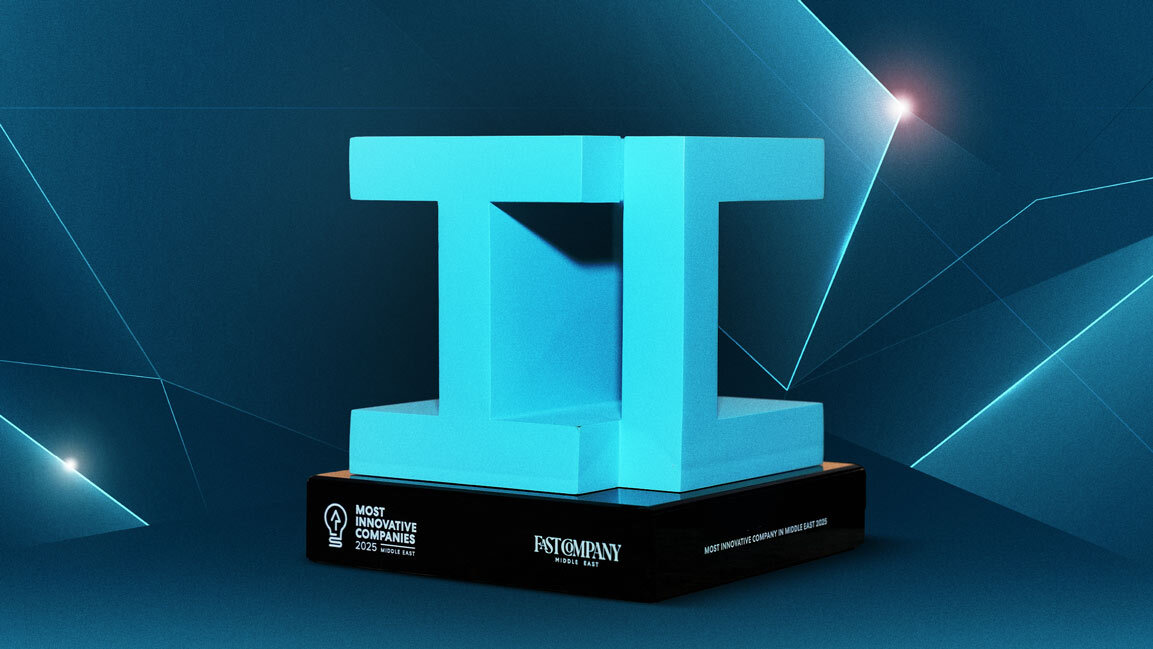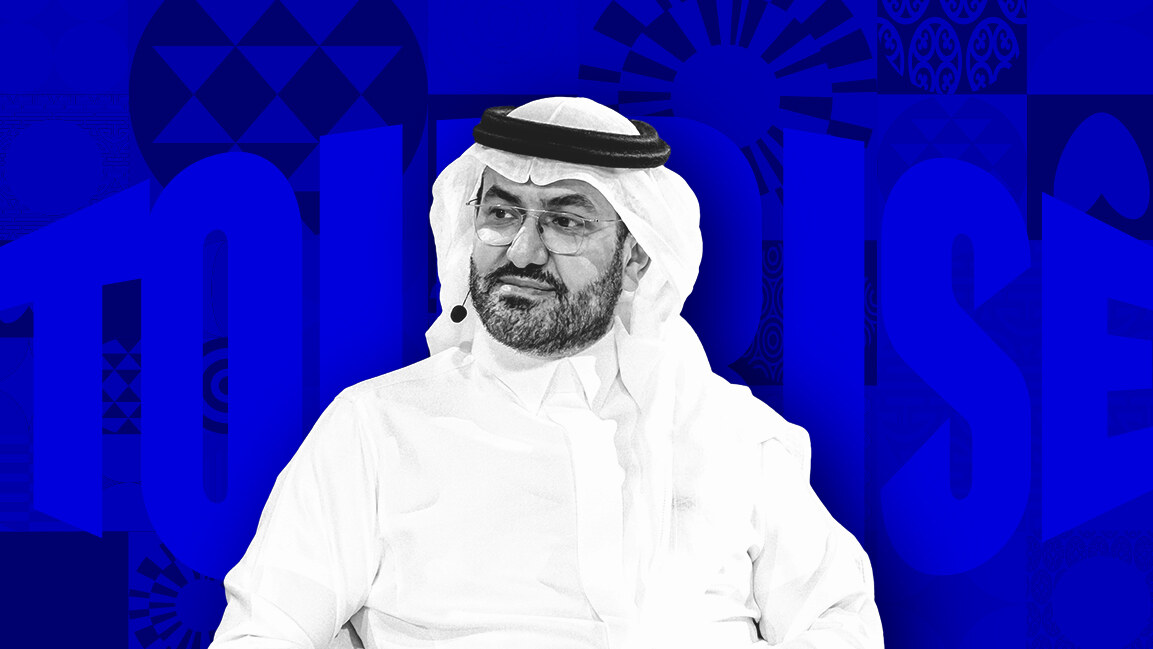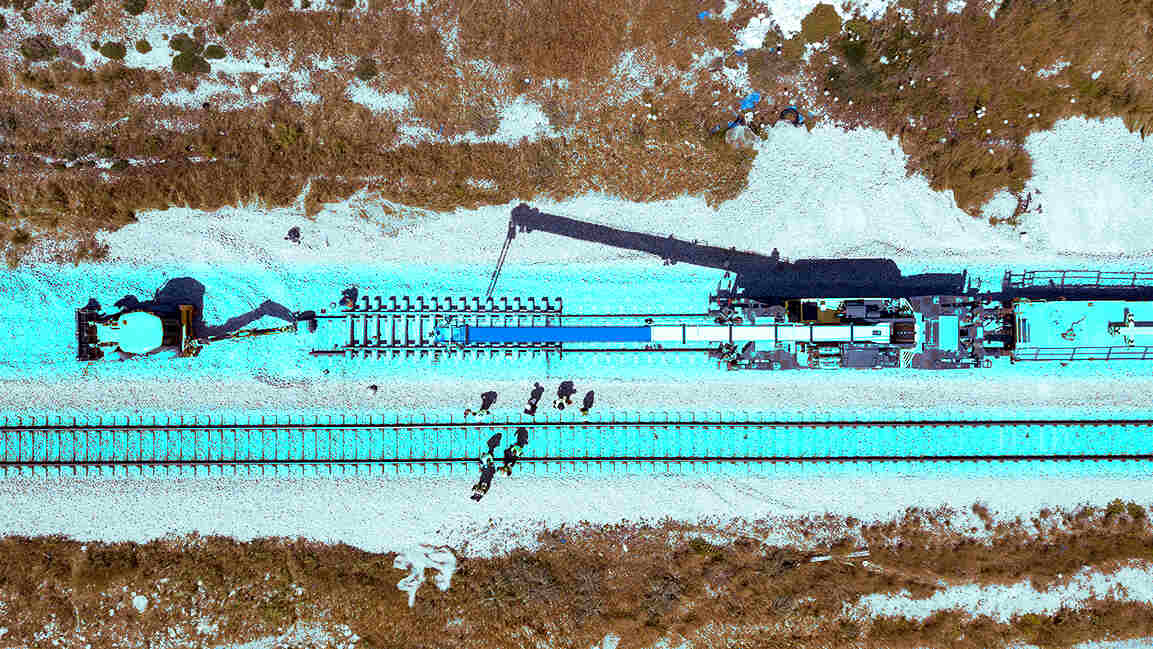- | 9:00 am
Will stablecoins bridge the gap between crypto and daily payments in the Gulf?
As Gulf regulators build the rails and stablecoins bridge the trust gap, crypto is poised to move from investment to convenient one-tap payments.

In the GCC countries, while cryptocurrency adoption has primarily centered around trading and investment, a growing focus is on building infrastructure for utility-based usage. As stablecoins receive regulatory recognition, instant fiat transfer options become available, and licensed exchanges form partnerships with banks and merchants, this alignment is paving the way for mainstream cryptocurrency payments.
So, will one-tap crypto payments—fast and seamless—become a reality soon?
“Crypto in the GCC is still treated mainly as an investment product,” says Abdul Rafay Gadit, Co-Founder and CFO of ZIGChain. “Over 93% of trades come from high-net-worth individuals or institutions. If we want people to use it like Apple Pay, the whole experience has to change — fast, familiar payments that matter in daily life.”
That shift is underway in selected sectors. In the UAE, stablecoin payments are accepted for airline tickets. Banks like Zand and Wio offer retail crypto investing, and regional exchanges like CoinMENA integrate directly with Visa.
“We’re much closer than many realize,” says Dina Sam’an, Managing Director and Co-founder of CoinMENA. “With wallet adoption surging and merchants coming on board, everyday crypto payments at scale could become a reality in the next few months.”
REGULATORS ARE SETTING THE PACE
From Dubai’s Virtual Assets Regulatory Authority (VARA) to the Central Bank of Bahrain, the GCC has taken a proactive stance on digital assets. “Authorities here have long-established frameworks that attract startups and institutions,” says Sam’an. “Over 60% of leading Gulf enterprises now include crypto in their long-term strategies. The GCC isn’t following the global trend — it’s helping define it.”
Anton Golub, Chief Business Officer at FreedX, notes that the UAE is already in “production mode.” “Banks like Zand, RAKBANK, and Standard Chartered now support digital-asset activity. Regulated AED stablecoins are live, and Open Finance APIs make fiat-to-crypto movement fast, compliant, and invisible to the user.”
WHAT DOES ‘ONE TAP’ REALLY REQUIRE?
Getting crypto to work like Apple Pay or a contactless card involves three core requirements: regulated stablecoins to eliminate volatility, instant fiat rails for real-time liquidity, and merchant-ready UX that hides the complexity of blockchain.
“The experience needs to be invisible to the user,” says Gadit. “Nobody wants to think about blockchain confirmations at checkout. Merchants need plug-and-play POS tools with instant stablecoin conversion. And the payment networks must support micro-transactions with no surprise fees.”
Stephanie Emile, General Manager Dubai, Binance FZE, agrees. “Tap to pay is the most common transaction type worldwide. It’s not about forcing adoption — making crypto feel as normal as swiping your debit card.” Binance addresses this by integrating Google Pay, Apple Pay, and traditional finance players. “These collaborations make digital asset payments feel effortless,” says Emile. “It’s about blending DeFi with TradFi in a way that keeps the user experience intuitive.”
Adding perspective on the institutional challenges behind crypto payments, Nilesh Khaitan, Founder of Acme Labs, says, “This isn’t just a blockchain problem. It’s an institutional orchestration challenge. To make digital asset payments acceptable in banks, you need to automate risk management, compliance, auditing, and error prevention—thousands of moving parts across hundreds of people. Until this operational complexity is solved, widespread adoption won’t happen.”
THE UNSUNG HERO OF ‘ONE TAP’ PAYMENTS
Whether paying for coffee or remitting funds across borders, stablecoins are the secret to making crypto usable and trusted. “Stablecoins remove the biggest risk: volatility,” says Gadit. “You’re not paying with something that could drop 10% tomorrow. You’re using digital dollars or dirhams, with instant settlement and no FX headaches.”
Golub notes that stablecoins like AE Coin, FAB’s upcoming dirham token, and Ripple’s RLUSD are already recognized for use in specific GCC jurisdictions. In fact, over half of crypto volume in the UAE is now in stablecoins, indicating they are the bridge between the digital and traditional economies. “That’s why stablecoins are already leading the way,” says Gadit. “Without them, one-tap payments wouldn’t stand a chance.”
The expectation is that it will take three to five years for a major brand in the GCC to seamlessly accept stablecoin payments, similar to buying a coffee with one tap from any crypto or bank wallet internationally. But for that, Khaitan says, “Central banks must figure out how to regulate stablecoins, pricing, taxation, and cross-border compliance. It’ll start with pilots in smaller, desperate countries that need this innovation to survive economically.”
Khaitan says about the transition from crypto to legally recognized digital assets, “We are moving beyond seeing a PDF file as just a PDF. The next step is treating a PDF file as a title deed—meaning digital assets become legally recognized ownership proofs. Similarly, stablecoins tied to real assets will become commonplace.”
This, he adds, requires huge institutional licenses and regulatory trust, which “only big players currently have, but that needs to change.”
On regulatory innovation and sandbox approvals, he adds, “Imagine if DMCC crypto center partnered with regulatory bodies so every crypto license automatically gets sandbox approval for a certain pilot amount. Then, a DMCC company could approach institutions to run pilots without waiting for prolonged regulatory approvals. We’re not asking for unchecked freedom—just clear guidelines and certifications that enable startups to innovate without being strangled by bureaucracy.”
Elaborating on how regulators can bridge traditional finance and crypto, Khaitan says big institutions rarely innovate from scratch—they acquire or partner with innovators. “The same is true for blockchain. Regulatory sandboxes are essential. They provide a controlled environment where startups and institutions can collaborate, experiment, and learn without risking systemic damage. Regulators write rules, but often don’t understand how they’ll be enforced or monitored in real life. We need an open dialogue so regulators can shape practical, enforceable frameworks.”
For example, a central bank may require AML/KYC enforcement on blockchain transactions, but does not know how to implement it. In that case, that capability can be developed by collaborating with startups.
“Chainanalysis tools today mostly do post-transaction forensics, which is reactive. Institutions need real-time risk scoring and transaction denial, like credit card fraud detection, to prevent bad transactions from happening. If a regulator asks, ‘Did you block sanctioned wallets?’ We can provide audit trails proving compliance. This level of transparency and control is critical. A regulatory sandbox where startups, issuers, and regulators collaborate on sprints or cohorts will enable the creation of logical, scalable, real-world regulations,” adds Khaitan.
Khaitan says regulatory clarity, like the recent US Infrastructure Act, needs to improve. “The UAE is trying to create more comprehensive regulation around digital assets—covering gold, real estate, and other physical assets—where custody guarantees are critical.”
He adds that institutions in the region will likely be second or third movers. “They want to see someone else test the waters before they jump in, which is perfectly logical in large economies.”
However, successful pilots in other regions—like Latin America—can serve as models here. “Using our stack, banks can instantly access a global network of stablecoin acceptance points, speeding up adoption.”
ARE WE READY?
There’s strong evidence that GCC consumers are ready and that businesses may be the ones holding the key. “GCC users are mobile-first, tech-savvy, and already familiar with crypto for real-world use cases like real estate and remittances,” says Sam’an. “With more merchant integration, usage will take off.”
Gadit believes merchant adoption must come first. “When trusted brands or payment providers accept crypto, it sends a clear message that it’s real, safe, and regulated,” he says. “That gives consumers the confidence to use it, and demand drives more merchants to follow. It’s a flywheel.”
TIMELINE FOR CRYPTO AT CHECKOUT
While experts differ on timing, most agree that mass usability is coming sooner than expected. “We’re likely six months to a year away from crypto tap-to-pay at scale,” says Emile. “Technology is catching up fast.”
Golub outlines a broader roadmap: “From 2025 to 2026, aviation, duty-free, and luxury retail go live with crypto PSPs. Between 2026 and 2027, wider adoption in high-FX sectors with Aani-funded wallets and stablecoin settlement will occur. Beyond 2027, mass retail will be enabled by Travel Rule-ready stablecoins and Central Bank token rails.”
WHY THE GCC IS UNIQUELY POSITIONED TO LEAD
Unlike other regions where regulation lags behind innovation, the GCC has created an environment where both evolve in tandem — and quickly. “The UAE Central Bank isn’t just a regulator — it’s an infrastructure builder,” says Golub. “With Aani, Open Finance, and mBridge cross-border pilots, the GCC has all the tools to become the first region to make ‘one tap’ crypto payments real.”
Sam’an agrees and reinforces that the future is no longer hypothetical. “We’re not building toward ‘what if,’ we’re delivering ‘what’s next,’” she says. “One-tap crypto payments aren’t a dream — they’re becoming a regional standard.”
With stablecoins at the center, open banking APIs on standby, and merchant integrations multiplying, the region is closer than ever to making crypto as easy to use as a tap of your phone. As Gadit puts it, “Once the pieces fall into place, crypto won’t be something people hold — it’ll be something they use.”








































